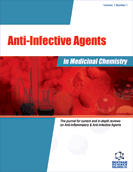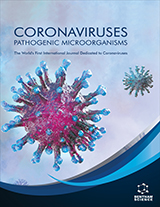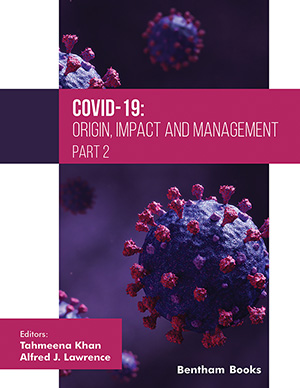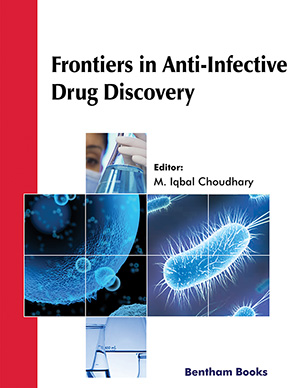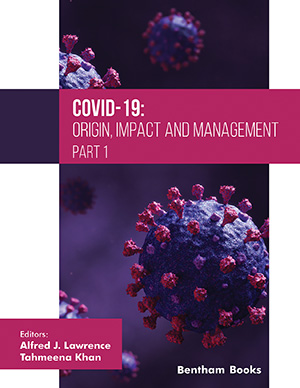Abstract
The thiazolide nitazoxanide (2-acetolyloxy-N-(5-nitro 2-thiazolyl) benzamide; NTZ) is a compound that has been synthesized based on the structures of niclosamide (antihelminthic) and metronidazole (anti-anaerobic). It is essentially composed of a nitrothiazole-ring and a salicylic acid moiety, which are linked together through an amide bond. NTZ exhibits a broad spectrum of activities against a wide range of intestinal and tissue-dwelling helminths, protozoa, and enteric bacteria infecting animals and humans. The drug has been postulated to act via reduction of its nitro-group by nitroreductases including pyruvate ferredoxin oxidoreductase (PFOR), which would then generate a toxic radical that could have anti-parasitic and anti-bacterial activities. However, experimental evidence for this mode of action is lacking. Instead, the drug has been shown to inhibit the functional activity of PFOR in several extracellular anaerobic organisms, but the activity against intracellular pathogens appears to be based on (an)other mechanism(s) of action. Since the first synthesis of the drug, a number of derivatives of NTZ have been produced, which are collectively named thiazolides. These are modified versions of NTZ, which include the replacement of the nitro-thiazole with other functional groups, and the differential positioning of methyl- and methoxy-groups on the salicylate ring. Investigations on the activities of these thiazolides were carried out by studying morphological and ultrastructural changes upon drug treatments, by defining physiological alterations, and by applying biochemical and genetic approaches to identify respective targets and the molecular basis of resistance formation. Collectively, these studies strongly suggest that NTZ and other thiazolides exhibit multiple mechanisms of action, targeting differential metabolic pathways, and each acting specifically against intracellular and extracellular pathogens, respectively. This could explain the broad range of activities (anti-parasitic, anti-bacterial and antiviral) of the thiazolide class.
Keywords: Nitazoxanide, Helminth Infections, tizoxanide, pyruvate ferredoxin oxidoreductase, Protein disulfide isomerases, Helicobacter pylori
 9
9

